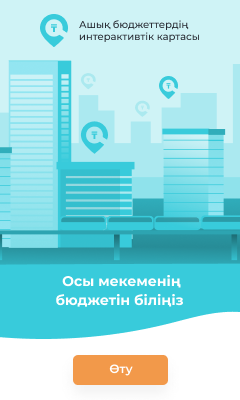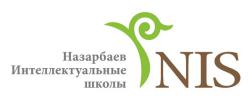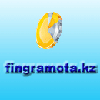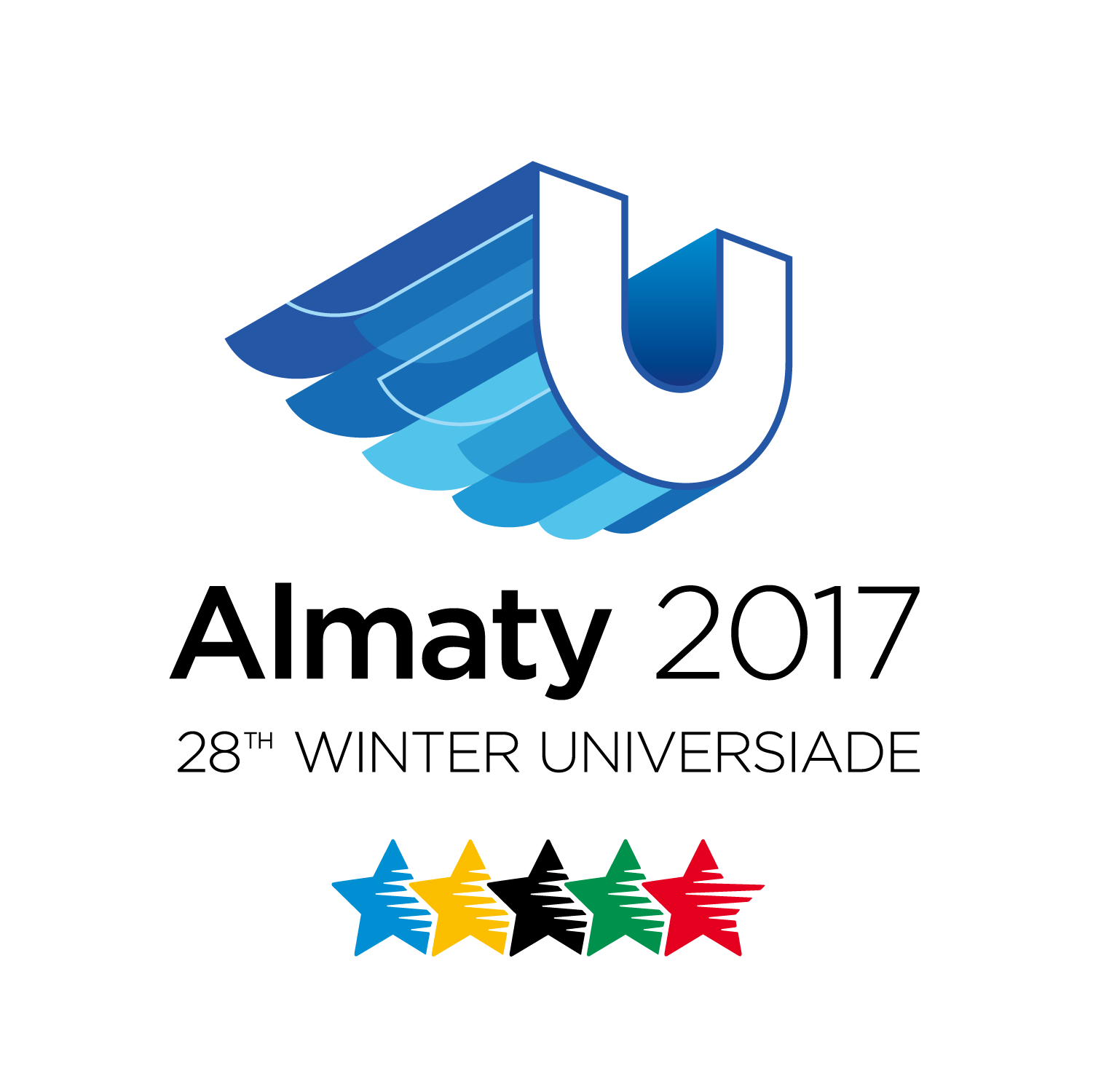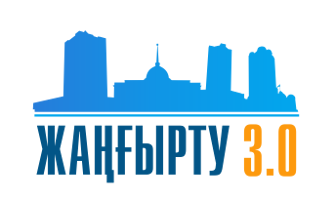
Seven facets of the Great Steppe
 22.07.2019
22.07.2019
Space is the measure of all things, time is the measure of all events. When the horizons of space and time merge, national history begins. And this is not just a beautiful aphorism.
In fact, if you think about the history of the German, Italian or Indian people, then the question of the relationship between the territory and the great achievements of these peoples during a thousand-year history quite rightly arises. Of course, Ancient Rome and modern Italy are not the same thing, but the Italians are justly proud of their roots. The ancient Goths and modern Germans are also not one and the same people, but they are all part of Germany’s vast historical heritage. Ancient India with its rich poly-ethnic culture and the modern Indian people are naturally considered as one unique civilization, continuing its development in a continuous stream of history.
And this is the right approach, allowing you to understand your origins, and indeed the entire national history in all its depth and complexity.
The history of Kazakhstan should also be understood from the height of modern science, and not by its separate fragments. And for this there are convincing arguments.
Firstly, the majority of proto-state associations, the contribution of which will be discussed below, were formed on the territory of Kazakhstan, becoming one of the elements of the ethno-genesis of the Kazakh nation.
Secondly, those outstanding cultural achievements that will be discussed were not brought into the steppe, and in most cases they were born on our land and only then spread to the West and East, North and South.
Thirdly, the historical finds of the last decades clearly confirm the indissoluble connection of our ancestors with the most advanced technological innovations of their time and allow us to take a fresh look at the place of the Great Steppe in global history.
Finally, the names of some Kazakh tribes and clans are many hundreds of years older than the ethnonym "Kazakh", which undoubtedly indicates a completely different horizon of national history than it was previously thought.
The Eurocentric point of view did not allow seeing the real fact that the Saks, the Huns, the Proto-Türkic ethnic groups were part of the ethno-genesis of our nation.
In addition, it is fundamentally important to note that we are talking about the history of Kazakhstan, which is common to many ethnic groups living on our territory for a long time. This is our common history, the contribution to which was made by many prominent figures of different ethnicity.
The main thing is to calmly and objectively understand our role in global history, based on strict scientific facts.
Thus, seven facets of the Great Steppe.
I. Space and time of national history.
Our land has become the place from which many objects of material culture originate. Much of that was once invented in our area. The chronicles preserve a lot of well-known facts, when the ancestors of the Kazakhs repeatedly changed the course of political and economic history over vast areas of Eurasia.
1. Equestrian culture
Everyone knows that the Great Steppe gave the world horse breeding and equestrian culture.
For the first time, horse domestication took place on the territory of modern Kazakhstan, as evidenced by excavations of the Botai settlement in the north of the country.
Domestication of a horse marked the beginning of a culture of horsemanship. A rider on a horse, armed with a bow, lance or saber, became a symbol of the era when powerful empires created by nomadic peoples came to the forefront of history.
We should not forget that right up to the XIX century, humankind enjoyed the fruits of this great technological revolution, which came into the world from the ancient Kazakh land.
Our ancestors for the first time divided the clothes into upper and lower parts. So they invented the first types of pants.
This gave riders the freedom to ride a horse.
The steppe people invented the high saddle and stirrups. Innovations allowed the rider to sit confidently on a horse and even to use his weapon - a bow, a spear, a sword.
Another technological innovation introduced by the Turkic tribes that inhabited the territory of Kazakhstan was the invention of a saber. These weapons became the most important and common in the arsenal of offensive weapons.
Our ancestors were the first to create protective armor from the plates for the horse and rider. This led to the appearance of a heavily armed cavalry - the most important military innovation of the Eurasian nomads.
2. Ancient metallurgy of the Great Steppe
The new methods for producing metals opened a new historical era and forever changed the course of human development. The centers of mining production and smelting of bronze, copper, lead, iron, silver and gold, and the manufacture of sheet iron appeared in the ancient antiquity on the lands of Central, Northern and Eastern Kazakhstan.
Our ancestors constantly developed the production of new, more durable metals, which opened up opportunities for them to accelerate technological progress.
3. Animal style
Our ancestors lived in complete harmony with the outside world and considered themselves an inseparable part of nature. This key principle of being formed the worldview and values of the peoples of the Great Steppe. The ancient inhabitants of Kazakhstan had a highly developed culture - they had their own writing and mythology.
The most striking element of their heritage, a reflection of the artistic originality and richness of spiritual content is the "art of animal style." The use of images of animals in everyday life was a symbol of the interrelation of man and nature, pointing to the spiritual guides of the steppe people.
They preferred images of predators, mostly felines. Probably, it is not by chance that the snow leopard, a rare and noble representative of the local fauna, has become one of the symbols of sovereign Kazakhstan.
In general, the phenomenon of "animal style" is one of the highest peaks in world art.
4. Gold man
A sensational discovery for world science, which made it possible to take a fresh look at our origins, was the Gold Man found in Kazakhstan in 1969 in Issyk.
The warrior told us a lot. Our ancestors created the highest-level artistic creations that still amaze the imagination. Skillful gold guise of the warrior indicates the skills of the ancient masters in gold processing techniques. It also revealed a rich mythology, reflecting power and aesthetics of the Steppe civilization.
5. The cradle of the Turkic world
Altai is of great importance for the history of the Kazakhs and other peoples of Eurasia. It was here in the middle of 1000 AD where the Turkic world was born.
Having mastered the space within wide geographical boundaries, the Turks had managed to create a symbiosis of nomadic and sedentary civilizations, which led to development of medieval cities, which became centers of art, science and world trade. For example, medieval Otyrar gave humanity one of the greatest minds of world civilization, Abu Nasr al-Farabi, in Turkestan, Ahmet Yassaui, one of the great spiritual leaders of the Turkic peoples.
6. The Great Silk Road
The unique geographical location of Kazakhstan - in the very center of the Eurasian continent - has contributed to the emergence of transit “corridors” between different countries and civilizations since ancient times. Starting from the turn of our era, these land routes were transformed into the Great Silk Road system - a transcontinental network of trade and cultural ties between East and West, North and South of Greater Eurasia.
It has become a stable platform for the formation and development of the global interchange of goods and intellectual cooperation between nations.
The key intermediaries of the most important trade route of antiquity and the Middle Ages, ensuring the flawless organization and safety of transport arteries, were the inhabitants of the Great Steppe. The steppe belt connected the Chinese, Indian, Persian, Mediterranean, Middle Eastern and Slavic civilizations.
The Great Silk Road reached its peak and promoted economic prosperity and cultural growth on an international scale.
7. Kazakhstan - the birthplace of apples and tulips
It is scientifically proven that the foothills of the Alatau are the "historic homeland" of apples and tulips. Kazakhstan is the keeper of the progenitor of all the Earth’s apple trees — the Sievers apple tree. It gave the world one of the most common fruits of our time. By the ancient routes of the Silk Road from the foothills of the Trans-Ili Alatau on the territory of Kazakhstan, it went to the Mediterranean and then spread throughout the world.
Actually, here, in the Chu-Ili Mountains, we still see the Regel tulips. These beautiful plants appeared on our land in the strip of deserts and foothills of the Tien Shan. From the Kazakh land, these modest but unusual flowers gradually spread around the world, conquering the hearts of many peoples with their beauty.
Today there are more than 3 thousand varieties of cultivated tulips in the world, and most of them are “descendants” of our local flowers. In Kazakhstan, there are 35 types of tulips.
* * *
II. Modernization of historical consciousness
All these issues require serious thought. They relate to the fundamentals of our worldview, the past, present and future of the people.
I believe that we can begin this work with several large projects.
1. Archive-2025
During the years of independence, a lot of work has been done to study the past of our people - the “Madeni Mura” program was successfully implemented, which allowed restoring the forgotten fragments of the historical chronicle. However, some documentary evidence about the life of ancestors and their unique civilization has not yet been put into scientific circulation and are in numerous archives around the world.
Therefore, I believe that we need to create the seven-year program “Archive-2025”,
which would include serious fundamental research of all domestic and foreign archives, starting with antiquity and ending with modernity.
As part of its implementation, it is necessary to focus the search and research work of special groups of historians, archivists, and cultural scientists on systemic and long-term interaction with domestic and major foreign archives.
2. Great names of the Great Steppe
It is known that the historical process in the mass consciousness is mainly personified. Many nations are deservedly proud of the names of great ancestors who have become the original ambassadors of their countries.
For example, such world famous personalities of bygone eras as Tutankhamen, Confucius, Alexander the Great, Shakespeare, Goethe, Pushkin and George Washington are today the invaluable symbolic capital for "their states", contributing to their effective promotion in the international arena.
The Great Steppe also had a whole galaxy of prominent figures. Among them are such large-scale figures as Al-Farabi and Yassawi, Kul-Tegin and Beibars, Tauke and Abylay, Kenesary and Abay and many others.
Therefore, we should, first of all, create an educational Park-Encyclopedia "The Great Names of the Great Steppe", where the sculptural monuments will be erected in honor of our famous historical figures and their achievements.
Secondly, it is necessary to initiate the formation of an actual gallery of images of great thinkers, poets and rulers of the past in contemporary literature, music, theater, and visual arts.
Thirdly, it is necessary to systematize and step up activities for creation and dissemination of the popular science series “Outstanding personalities of the Great Steppe” - “Uly Dala Tulgalary”, covering a broad historical horizon.
3. Genesis of the Turkic world
We need to launch the project “Turkic civilization: from the beginnings to the present”, within which it is possible to organize the World Congress of Turkology in Astana in 2019 and the Days of Culture of the Turkic ethnic groups, where the ancient Turkic artifacts will be displayed in the museums of various countries. It is also important to create a single online library of common Turkic works following the example of Wikipedia.
In addition, as part of the promotion of Turkestan as a new regional center, it is necessary to strengthen its positioning on the international arena.
4. Museum of ancient art and technology of the Great Steppe
We have every opportunity to create the Museum of ancient art and technology of the Great Steppe “Uly Dala”. It is possible to collect samples of high art and technology, including products made in animal style, the decoration of the "Gold Man", objects reflecting the process of taming the horse, the development of metallurgy, the manufacture of weapons, equipment and other artifacts.
And also to create the National Club of historical reconstructions "Great Civilizations of the Great Steppe" and hold festivals in Astana and the regions of Kazakhstan on the following themes: the ancient Saks, Huns, the era of the great Turkic kagans, etc.
A tourist project for partial restoration of the ancient city of Otyrar with the reconstruction of objects of the urban environment - houses, streets, public places, water supply, city walls, and so on - will be interesting.
At the same time, it is necessary to focus on the popularization of knowledge and development of tourism on this basis.
5. A Thousand years of steppe folklore and music
Within the framework of this project, we need to create an “anthology of steppe folklore”. It will contain the best examples of oral folk art - tales, legends, epics, legends.
In addition, we need to publish a collection of "Ancient motifs of the Great Steppe" - a collection of significant works created for traditional Kazakh musical instruments: kobyz, dombra, sybyzgy, sazsyrnai and others.
The folklore and melodies of the Great Steppe should get a “new breath” in a modern digital format. To work on these projects, it is important to attract domestic and foreign professionals who are able not only to systematize, but also to actualize the rich heritage of the Steppe.
The main plots, characters and motives of our culture have no boundaries and should be systematically researched and promoted throughout the whole space of Central Eurasia and in the whole world.
In addition, it is necessary to organize a series of scientific and research expeditions to various regions of Kazakhstan and other countries to search for common historical foundations of the folklore tradition.
6. History in film and television
In the modern world, cinema occupies a huge place in the historical self-knowledge of peoples. In mass perception, bright film images sometimes play a more significant role than documentary portraits in fundamental scientific monographs.
Therefore, in the near future it is necessary to launch into production a special set of documentary production films, television series and full-length art films that demonstrate the continuity of the civilizational history of Kazakhstan.
Work on these projects should be carried out within the framework of broad international cooperation involving the best domestic and foreign scriptwriters, directors, actors, producers and other specialists of the modern film industry.
In addition, we need to maximize the genre component of the new historical television and film productions, including, in addition to adventure and melodramatic motifs, the elements of fantasy and action blockbusters that are popular today.
For this purpose, we can use the rich mythological and folklore material of the Great Steppe.
Particular attention should also be paid to the younger generation, which needs high-quality children's films and animated series that can form a cult of national superheroes.
Conclusion
A year and a half ago, I published an article “Glance into the future: modernization of public consciousness,” which found a wide response in society.
I consider the above projects as a continuation of the program “Rukhani zhangyru”.
The new components of the nationwide program “Rukhani zhangyru” will make it possible to update the centuries-old heritage of our ancestors, making it understandable and in demand in the conditions of digital civilization.
I am convinced that the people who remember, appreciate, and are proud of their history have a great future. Pride for the past, a pragmatic assessment of the present and a positive look into the future - this is the key to the success of our country.



 Мектепке дейінгі балалар ұйымына жолдама қалай алуға болады
Мектепке дейінгі балалар ұйымына жолдама қалай алуға болады
 Мектепке тіркеу үшін құжаттарды қабылдау
Мектепке тіркеу үшін құжаттарды қабылдау
